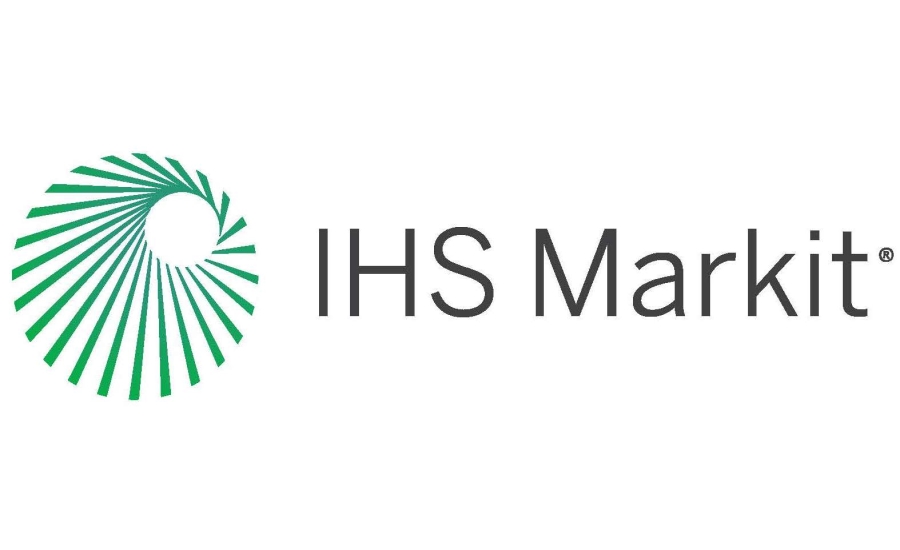An initially bright smart home future has been tempered by several hindrances, according to an IHS Markit study, but growth particularly in the security industry remains promising.
The U.S. had more than 5.5 million smart home customers in 2015, reported the IHS study Research Note: Lack of Awareness and Fragmentation Hindering Smart Home Growth. While early adopters and tech enthusiasts drove initial growth, the momentum recently has shifted due to several barriers IHS listed, including consumer awareness issues, fragmentation, device and service reliability, and price.
Despite these barriers, consumer desire and enthusiasm for smart home products remain strong, with half of consumers in North America planning to purchase smart home devices within the next year, according to the study.
The security industry is best poised to overcome these barriers with a model that is trusted and time-tested. The report stated, “Monitored security systems have been able to circumvent the high initial cost of smart-home solutions, using an ongoing fee-based business model to spread out costs over time, and attach smart home products to ongoing services consumers deem valuable.”
Dave Mayne, vice president of marketing, Resolution Products Inc., agreed that the security service model will facilitate this growth. “The security industry represents a viable recurring revenue model for the growing connected-home market,” Mayne said.
Mayne said that while the delivery methods of how security system services are delivered may change, security is an expected feature of connected-home services to more than 60 percent of consumers, and it is a service consumers are willing to pay for on a monthly basis. He believes these two facts will help drive some form of security monitoring and notification to be a core of any emerging connected platform offering.
“The security industry can provide various forms of installation support on equipment, monitoring and dispatch capabilities and ongoing device maintenance service to help maximize value to the consumer,” Mayne said. “New technology is helping reduce account creation costs for the industry, which in turn will allow new financing models to emerge — helping transition more consumers to the connected remote monitoring segment.”
So although initial smart home growth may have been inflated, the future looks bright for the connected remote monitoring market in the Americas, which is expected to grow at a compound annual growth rate of 15.9 percent, from 5.5 million subscribers in 2015 to 11.5 million in 2020, according to the latest IHS Markit Remote Monitoring Report.
Jay Kenny, senior vice president of marketing at Alarm.com, described growth at Alarm.com that would support these findings: “We are seeing continued growth in the smart home security market. Security dealers who have adopted and integrated smart home features, connected by a platform like Alarm.com, are benefiting from higher demand and higher value accounts.”
He added, “The core value proposition of security, combined with the added benefits of smart home technology — energy savings from smart thermostats, improved safety from smart locks, the convenience of a single app to control everything — is enabling security dealers to drive the mass market adoption of the smart home.”
ESA Executive Director & CEO Merlin Guilbeau said the positive outlook reflects a mass market appeal of smart home systems from an industry perspective. “Our members have incredible growth opportunities as favorable market conditions, advancements in technology and unprecedented consumer demand chart the course of the security industry over the next five years. It is a great time to be in this industry, and ESA is here to support members and position them for continued success by providing resources, advocacy, connections and education.”




